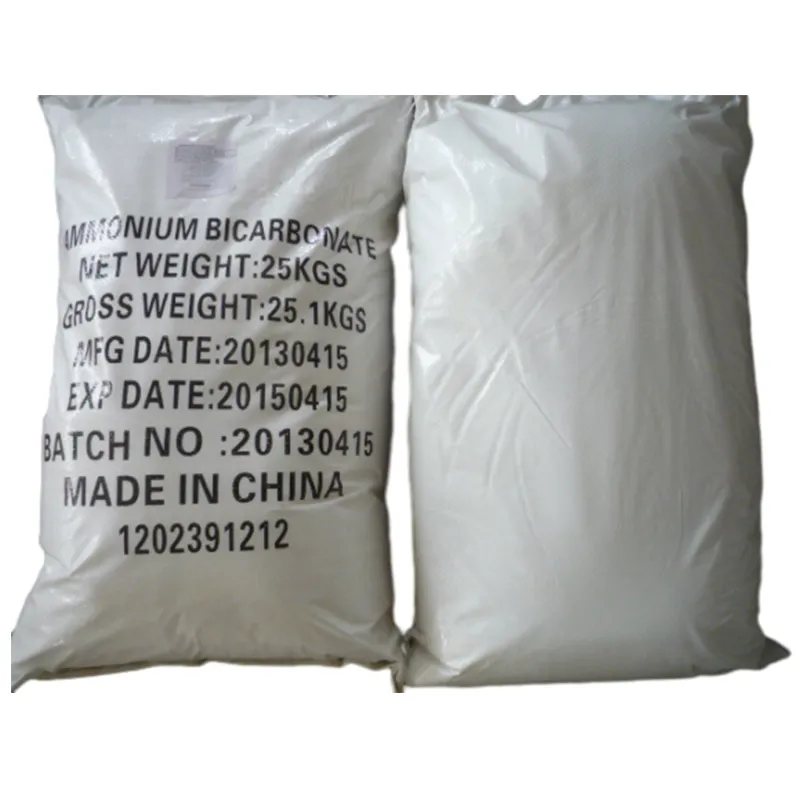
phosphoric acid manufacturer
The Landscape of Phosphoric Acid Manufacturing
Phosphoric acid, a vital chemical compound widely used in various industries, plays a significant role in agriculture, food processing, and even pharmaceuticals. As a manufacturer of this essential compound, understanding the dynamics of the phosphoric acid market, production processes, and application areas is crucial for both new entrants and established players.
Production Processes
Phosphoric acid is primarily produced via two methods the thermal process and the wet process. The thermal process involves the reaction of phosphorus pentoxide (P2O5) with water, yielding phosphoric acid with a higher purity. However, this method is energy-intensive and requires significant capital investment for equipment and materials.
Conversely, the wet process is more commonly used due to its cost-effectiveness and efficiency. It entails the reaction of phosphate rock with sulfuric acid, resulting in phosphoric acid and gypsum as a by-product. This method produces a lower purity acid but is widely adopted due to its lower operational costs and the availability of raw materials.
Market Demand and Applications
The demand for phosphoric acid is largely driven by its application in fertilizers, which constitute the largest segment of the market. Phosphoric acid is a key ingredient in the production of phosphate fertilizers, which are essential for enhancing soil fertility and improving crop yields. With the global population expected to reach nearly 10 billion by 2050, the need for efficient agricultural practices and enhanced food production is paramount, further driving the demand for phosphoric acid.
phosphoric acid manufacturer

Apart from agriculture, phosphoric acid is also utilized in the food and beverage industry as an acidulant, giving soft drinks a tangy flavor and helping preserve food products. Additionally, it is used in the pharmaceutical industry for various applications, including the production of intermediates for drug formulation.
Challenges in Manufacturing
The phosphoric acid manufacturing industry faces several challenges. Environmental regulations are increasingly stringent, requiring manufacturers to adopt eco-friendly practices to minimize waste and emissions. The production processes can generate significant amounts of waste, particularly gypsum, which needs to be managed properly. Companies are exploring innovative ways to recycle by-products and implement sustainable practices to reduce their ecological footprint.
Furthermore, fluctuations in the prices of raw materials, such as phosphate rock, can impact production costs. Manufacturers must develop strategies to mitigate these risks, including diversifying their supply chains and investing in alternative sourcing options.
Future Trends
Looking ahead, the phosphoric acid market is expected to witness growth driven by innovations in fertilizer technology, increased agricultural productivity demands, and the development of new applications in various industries. Manufacturers are encouraged to invest in research and development to enhance their product offerings and increase efficiency in production processes.
In conclusion, the phosphoric acid manufacturing sector is poised for growth amidst challenges and changing market dynamics. By understanding the production processes, market demands, and environmental responsibilities, manufacturers can position themselves for success in this vital industry. With continuous innovation and adherence to environmental standards, the future of phosphoric acid manufacturing appears promising.
-
Buy High-Quality Trichloroisocyanuric Acid for Sale | TCCA 90% SupplierNewsAug.30,2025
-
Pure Sodium Dichloroisocyanurate Dihydrate | Powerful DisinfectantNewsAug.29,2025
-
Industrial Chemicals: Quality & Purity for Every IndustryNewsAug.28,2025
-
Nitrile Rubber Honoring Strict Production StandardsNewsAug.22,2025
-
Aspartame Ingredients Honoring Food Safety ValuesNewsAug.22,2025
-
Fertilizer for Balanced Plant NutritionNewsAug.22,2025
-
Cyanide Gold Processing with High Purity AdditivesNewsAug.22,2025
Hebei Tenger Chemical Technology Co., Ltd. focuses on the chemical industry and is committed to the export service of chemical raw materials.
-

view more DiethanolisopropanolamineIn the ever-growing field of chemical solutions, diethanolisopropanolamine (DEIPA) stands out as a versatile and important compound. Due to its unique chemical structure and properties, DEIPA is of interest to various industries including construction, personal care, and agriculture. -

view more TriisopropanolamineTriisopropanolamine (TIPA) alkanol amine substance, is a kind of alcohol amine compound with amino and alcohol hydroxyl, and because of its molecules contains both amino and hydroxyl. -

view more Tetramethyl Thiuram DisulfideTetramethyl thiuram disulfide, also known as TMTD, is a white to light-yellow powder with a distinct sulfur-like odor. It is soluble in organic solvents such as benzene, acetone, and ethyl acetate, making it highly versatile for use in different formulations. TMTD is known for its excellent vulcanization acceleration properties, which makes it a key ingredient in the production of rubber products. Additionally, it acts as an effective fungicide and bactericide, making it valuable in agricultural applications. Its high purity and stability ensure consistent performance, making it a preferred choice for manufacturers across various industries.





